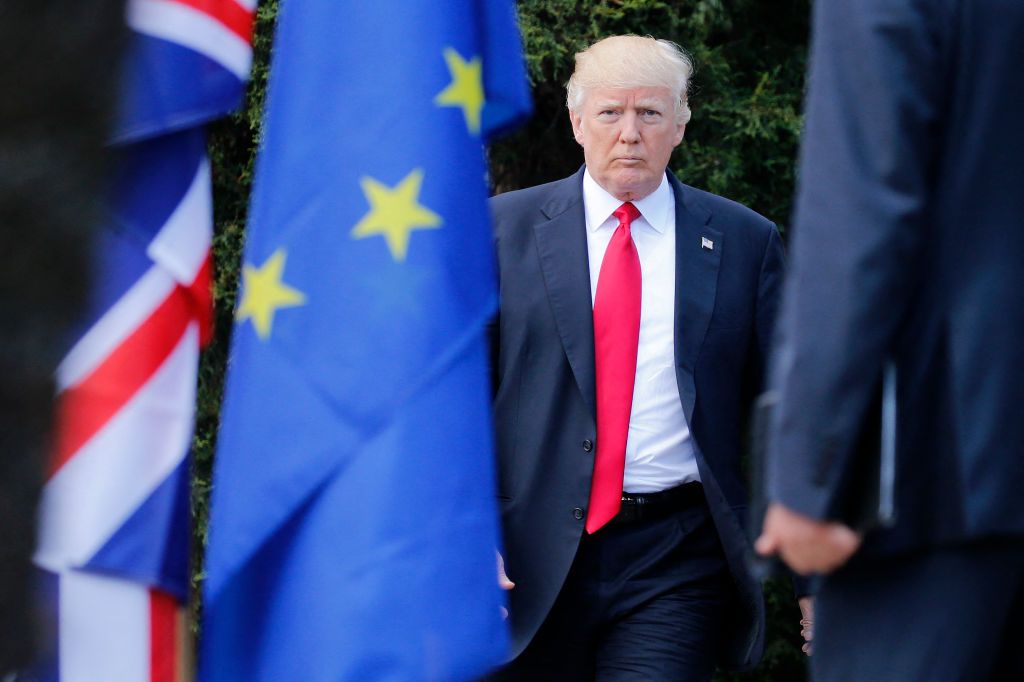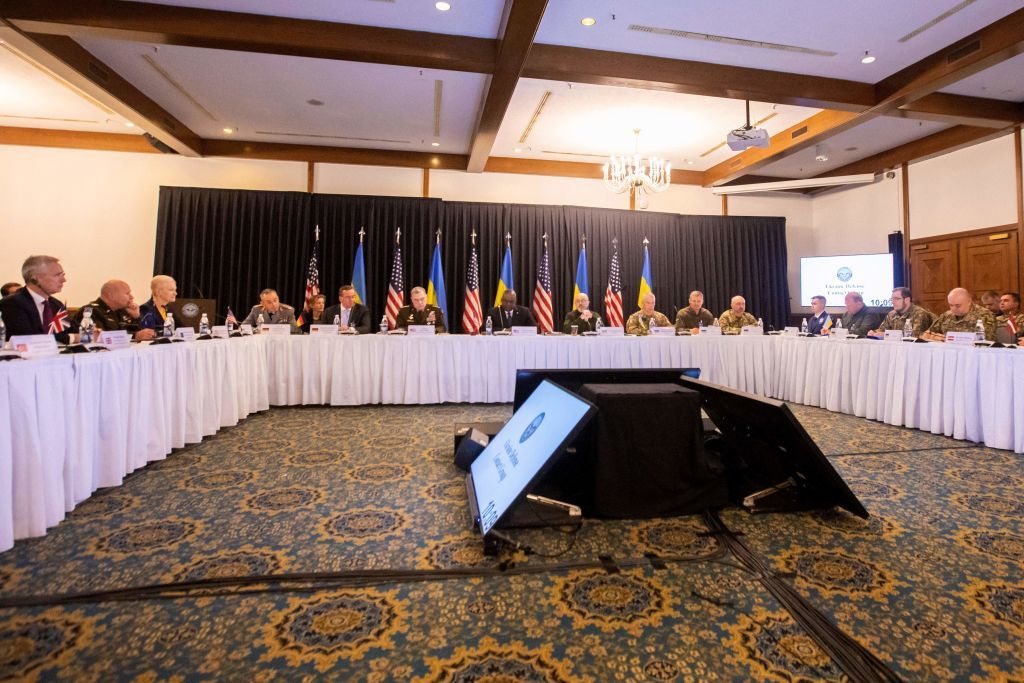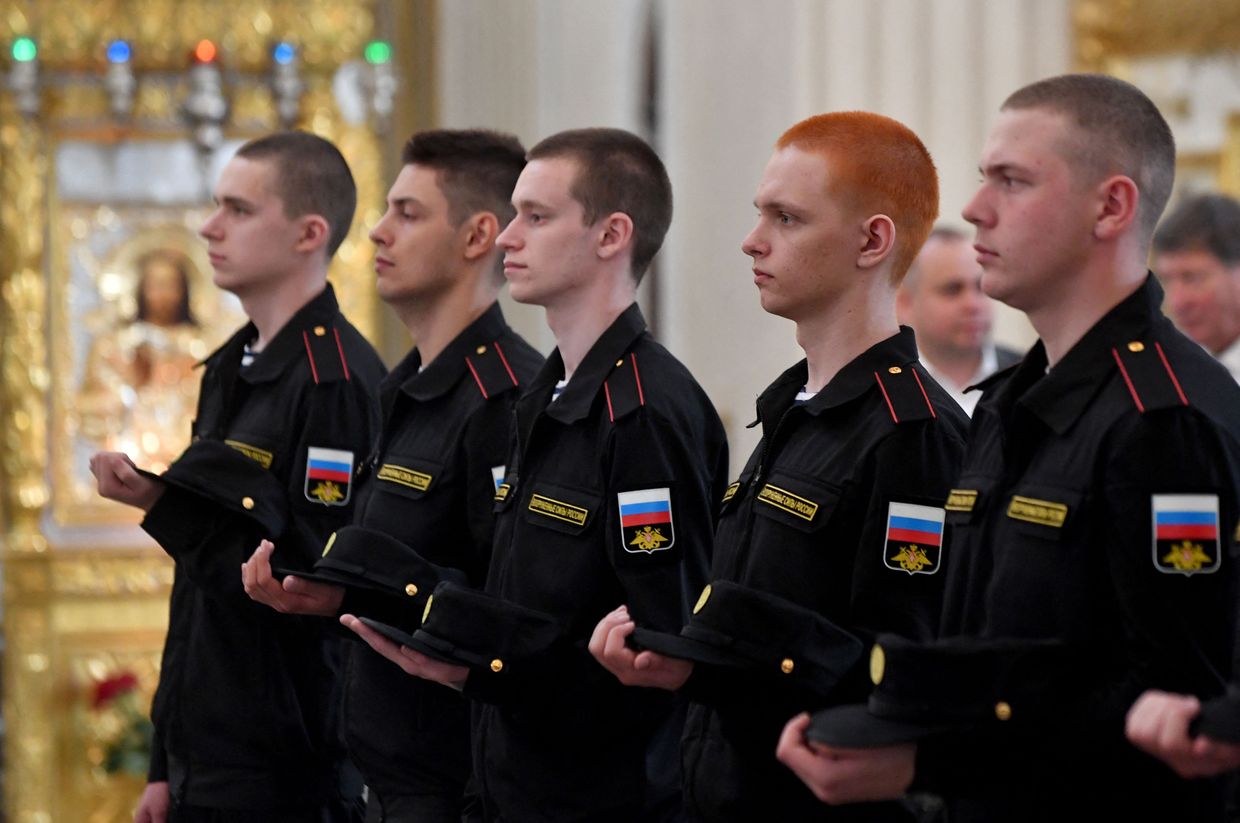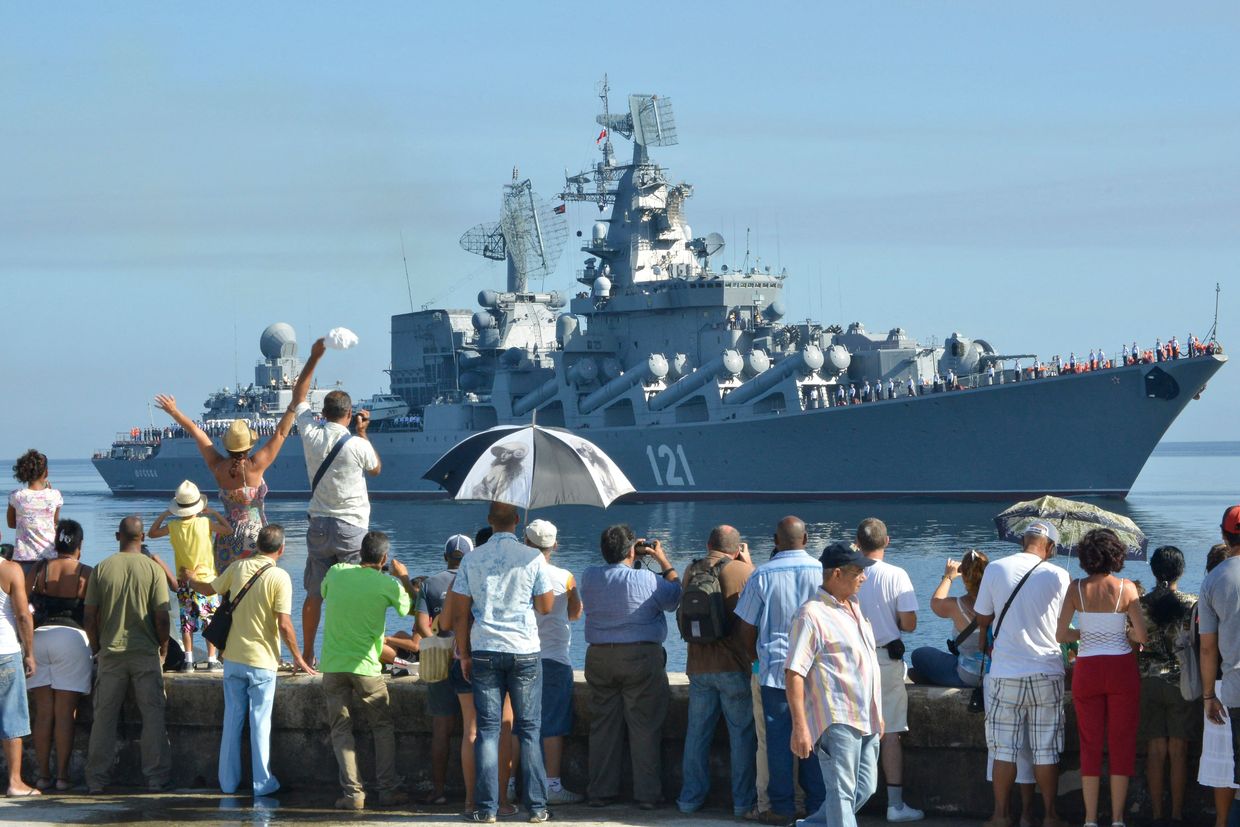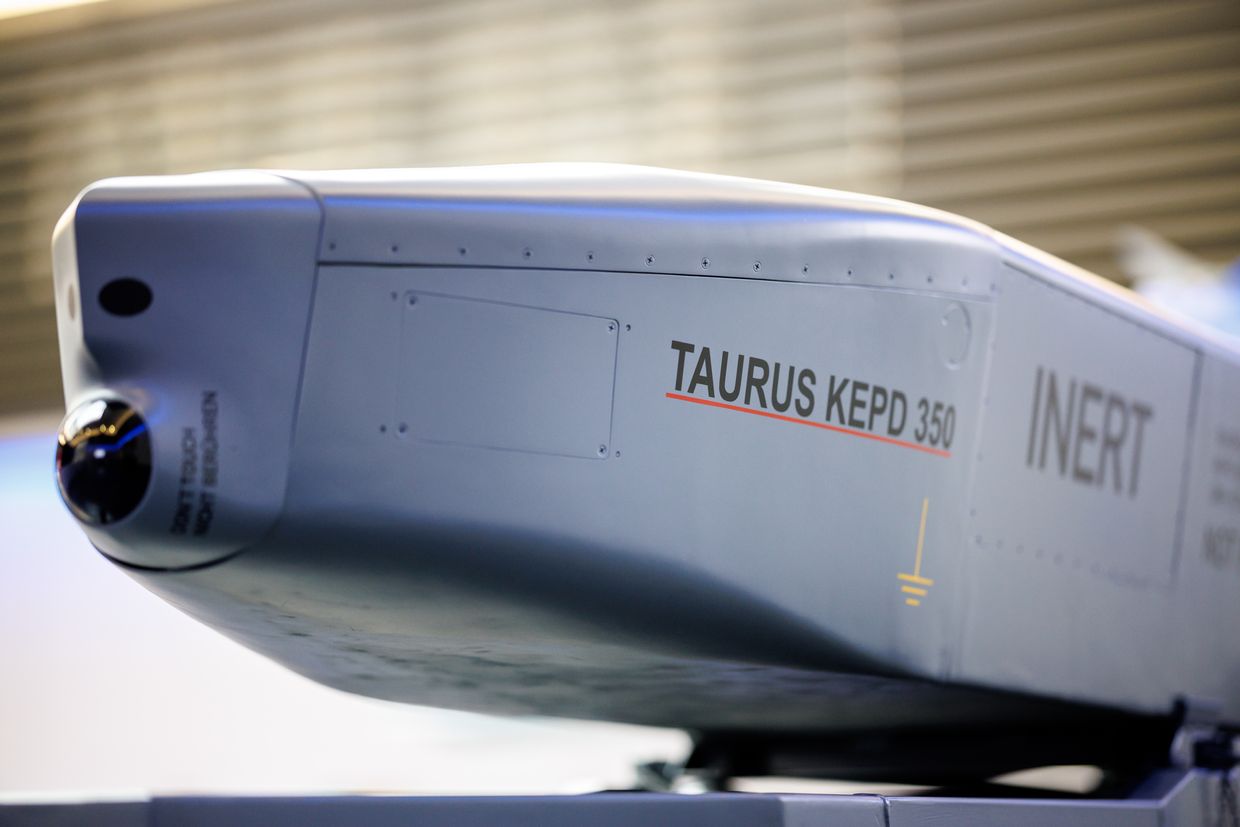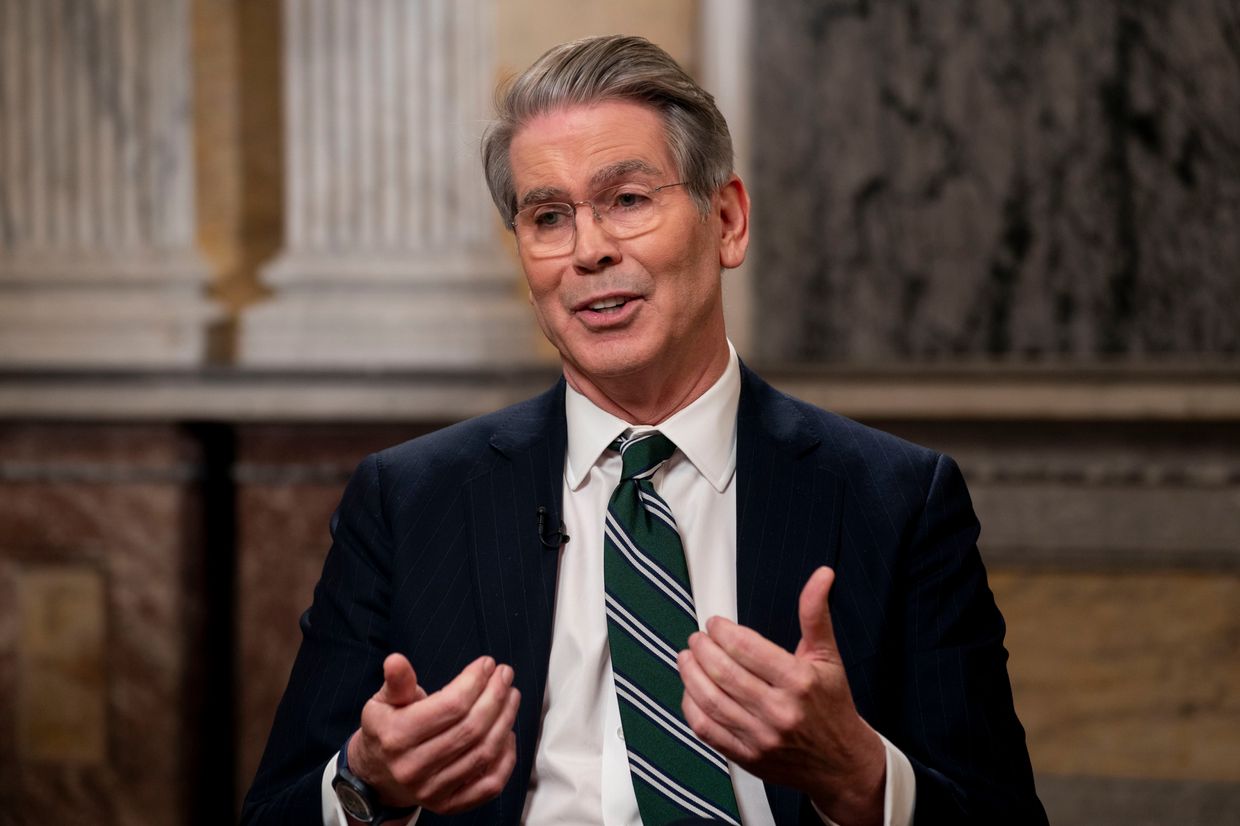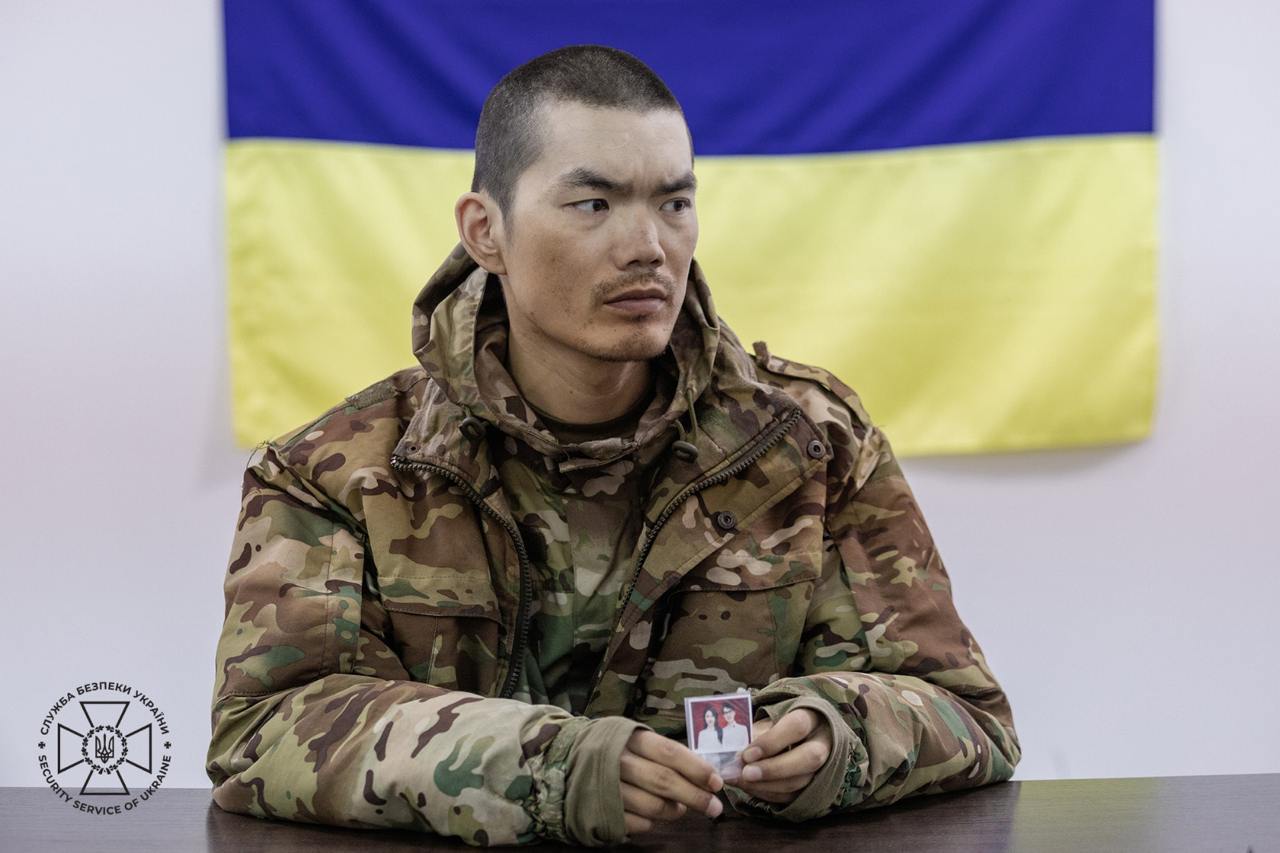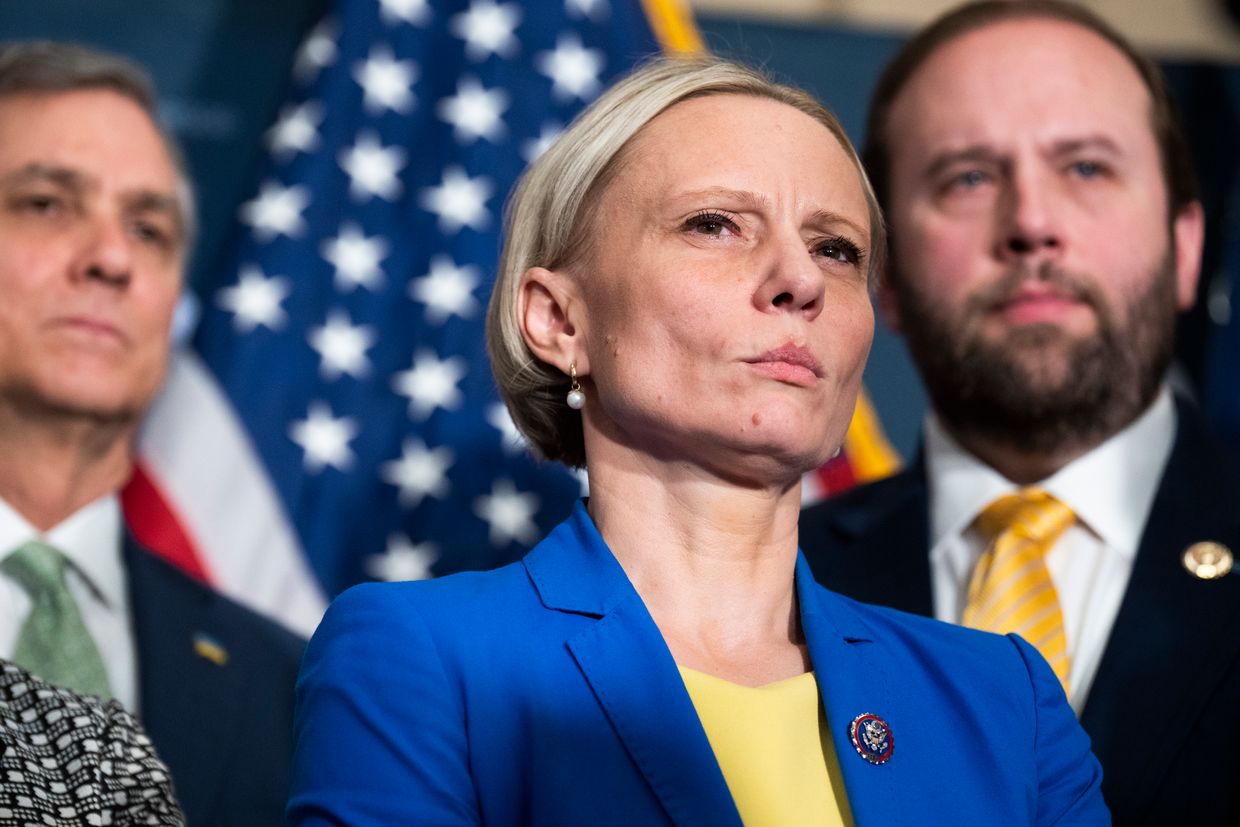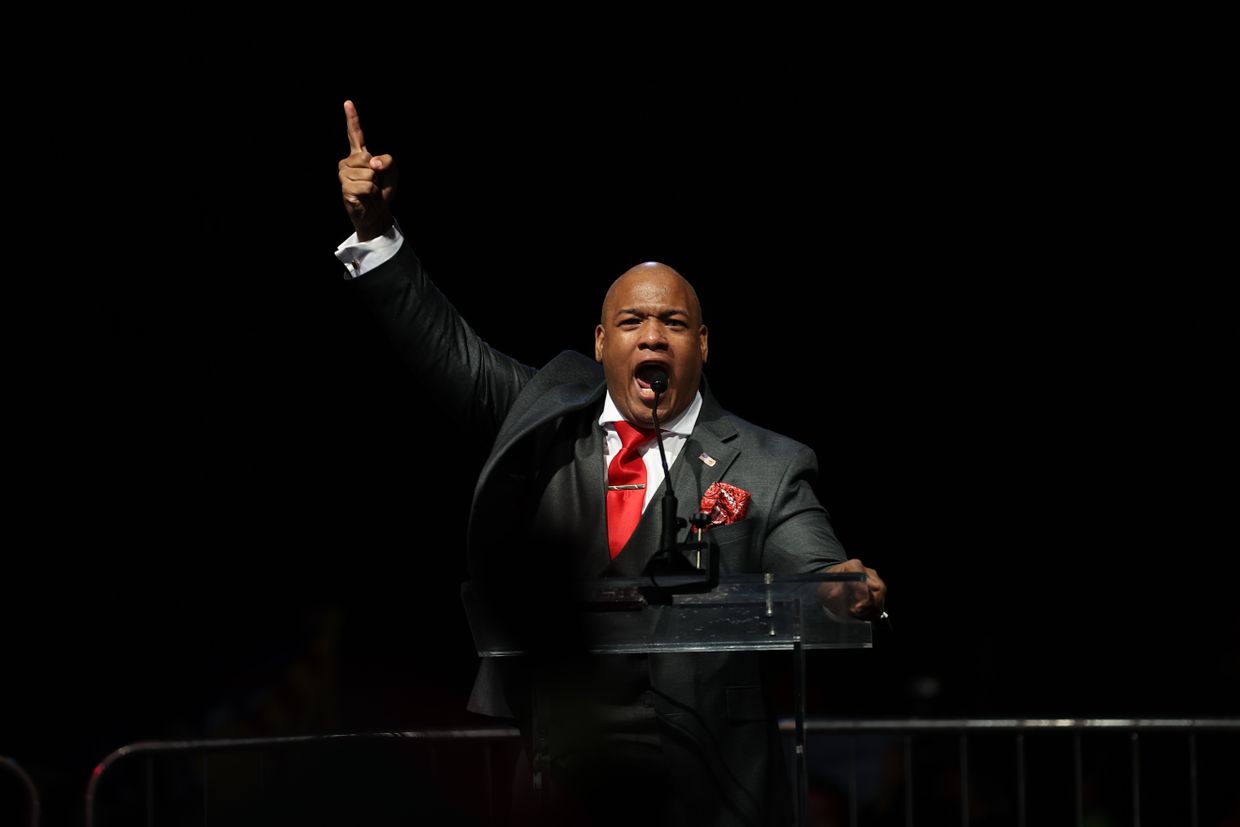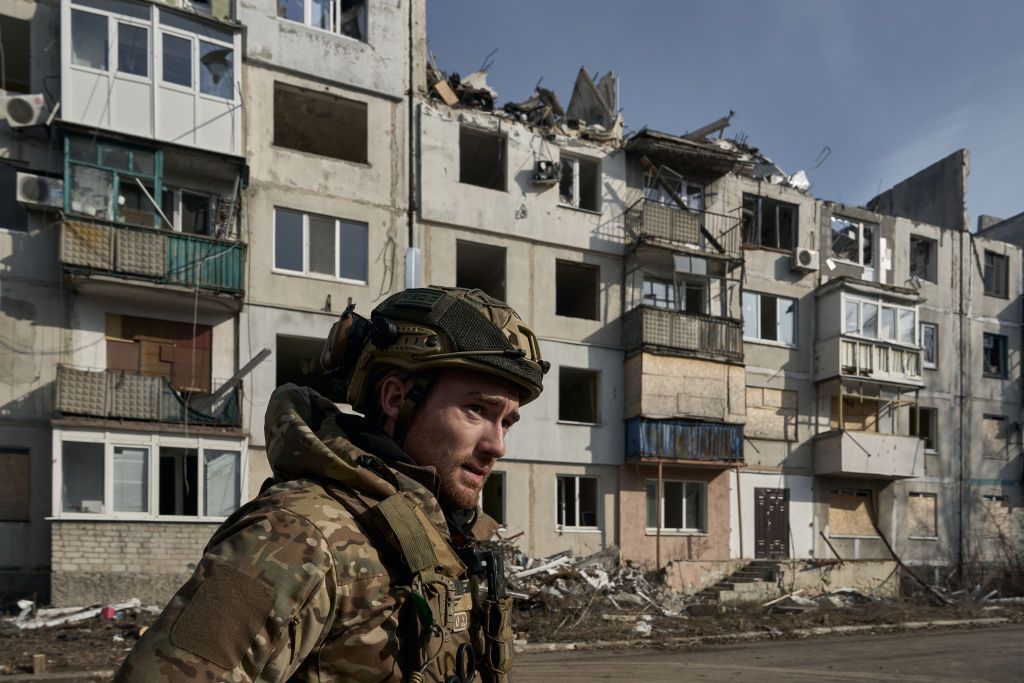The Jan. 9 Ramstein-format summit of the Ukraine Defense Contact Group (UDCG) will focus primarily on supporting Ukraine's defense capabilities in establishing a "credible deterrent force" through 2027, the Pentagon said on Jan. 7.
"The leaders of (UDCG) will need to endorse roadmaps that articulate Ukraine's air force, armor, artillery, de-mining, drone, integrated air and missile defense, information technology and maritime security needs and objectives through 2027," a unnamed defense official is quoted as saying by the Defense Department's news channel.
"These roadmaps are intended to enable donors to plan for and support Ukraine sustainably into the future," the official added.
The statement by Pentagon officials comes ahead of the inauguration of U.S. President-elect Donald Trump on Jan. 20, who has vowed who has pledged to get the U.S. "out" of Russia's war in Ukraine and negotiate a quick peace deal.
Trump, who has previously been critical of U.S. participation in international military alliances, including NATO, stirred controversy on Jan. 7, blaming President Joe Biden for provoking Russia's war by supporting Ukraine's NATO aspirations.
"That’s been like written in stone. And Biden said, 'No, they should be able to join NATO.' Then Russia has somebody right on their doorstep. I could understand their (Russia's) feelings about that," Trump said during a press conference at Mar-a-Lago.
Leaders of the U.S.-led UDCG previously mulled the idea of implementing NATO control over the Ramstein format to maintain weapons supplies to Kyiv in an effort to "Trump-proof" the alliance. In June, NATO countries signed off on a plan for the alliance to take over control of part of the aid channel from the U.S. in coordinating military aid to Ukraine, Politico reported.
Trump has not yet outlined his plans for the contact group, as the incoming president seeks to negotiate a possible ceasefire between Russia and Ukraine in exchange for reported security guarantees from Europe.
"I can't speak for what the incoming administration will decide about its role (within the UDCG), but I'm very confident of European commitment… ability… experience and extraordinary belief in the mission, and (am) confident that those capability coalitions will continue one way or another," the Pentagon's news channel reported an official saying.
European countries have sought to ramp up their own military spending, as well as additional support for Ukraine, amid concerns Trump will end military aid for Ukraine.
Ukrainian Foreign Ministry spokesperson Heorhii Tykhyi said during a Dec. 20 briefing that several European countries are interested in deploying peacekeepers to Ukraine in an initiative led primarily by French President Emmanuel Macron.
The UDCG consists of over 50 countries, including all 32 NATO members, that convenes at the U.S. Ramstein Air Base in Germany. The last Ramstein meeting on Sept. 6 was the group's 24th gathering since its establishment in April 2022.
